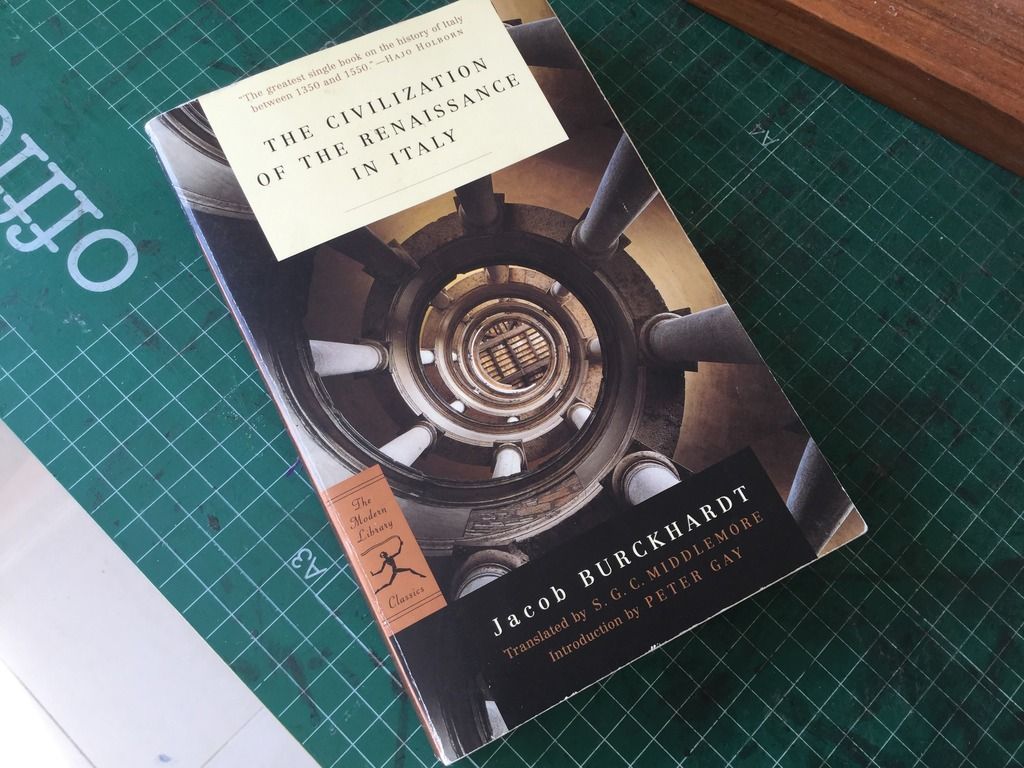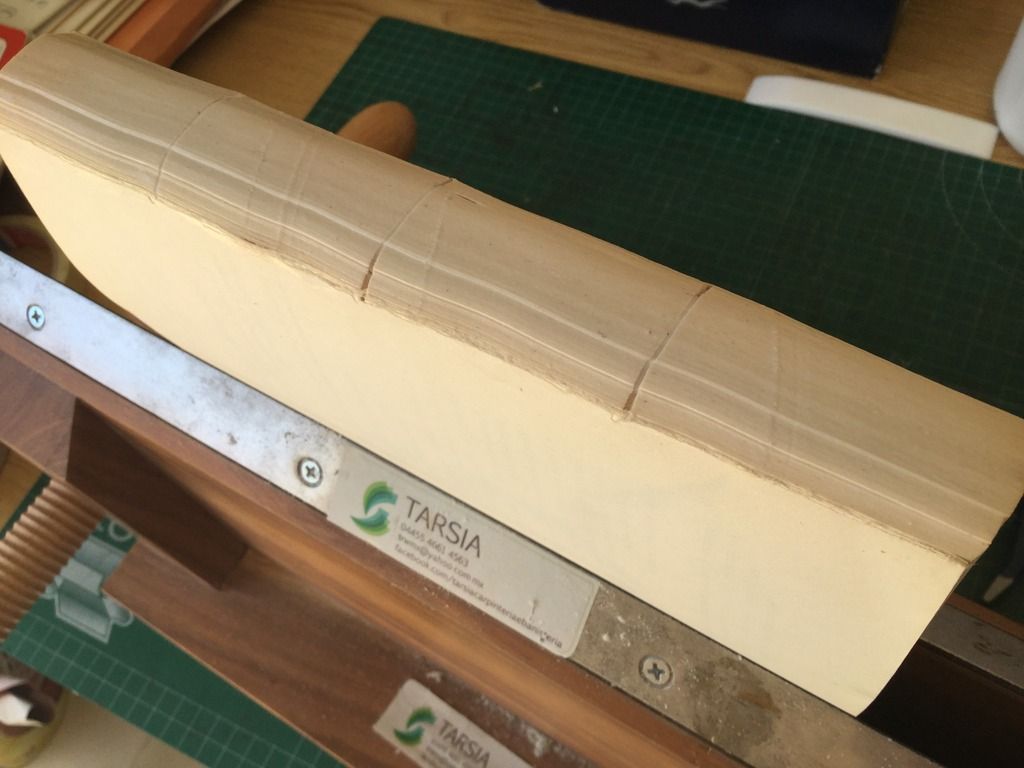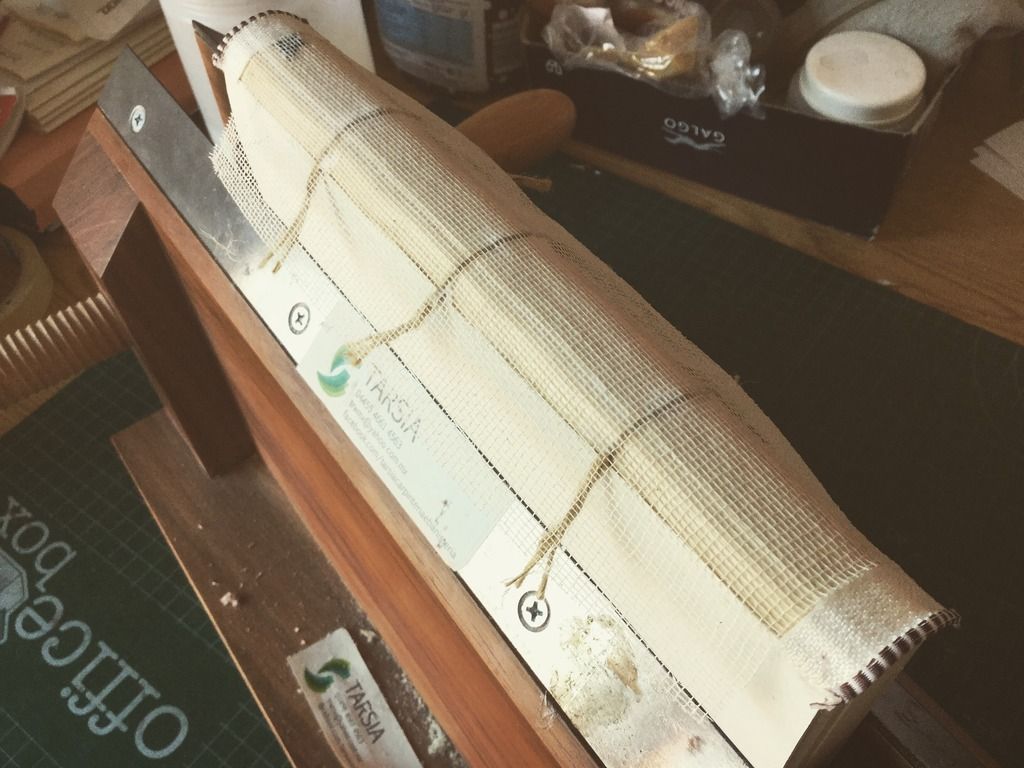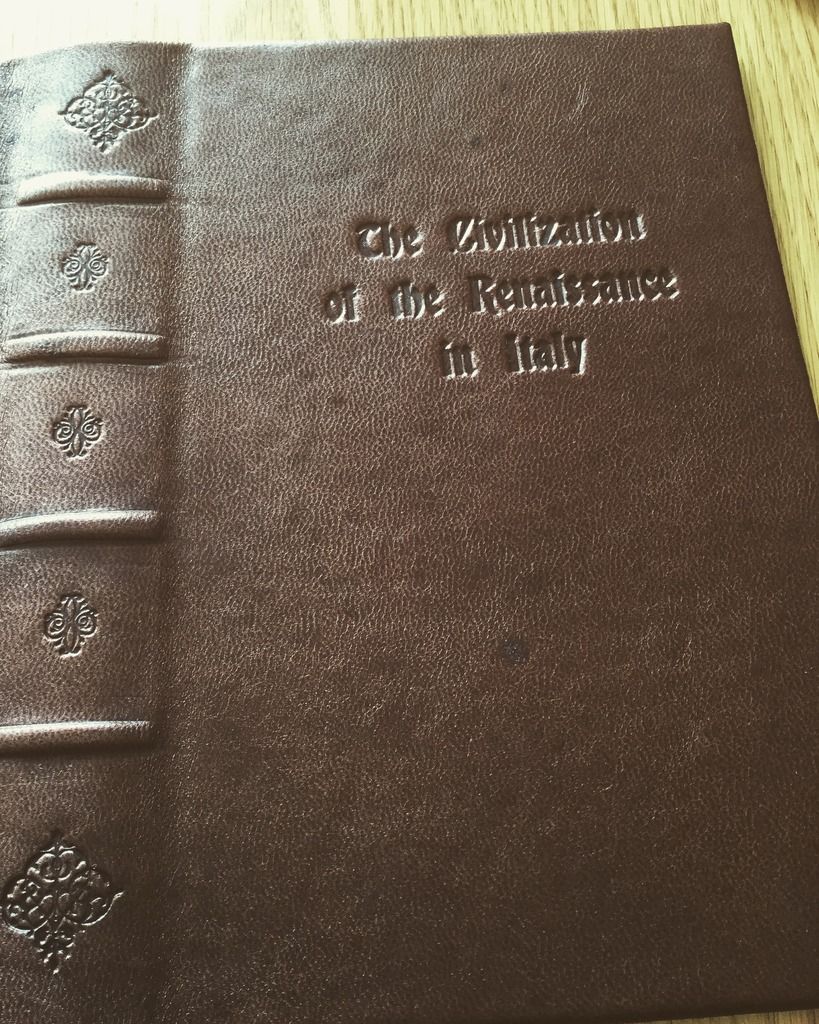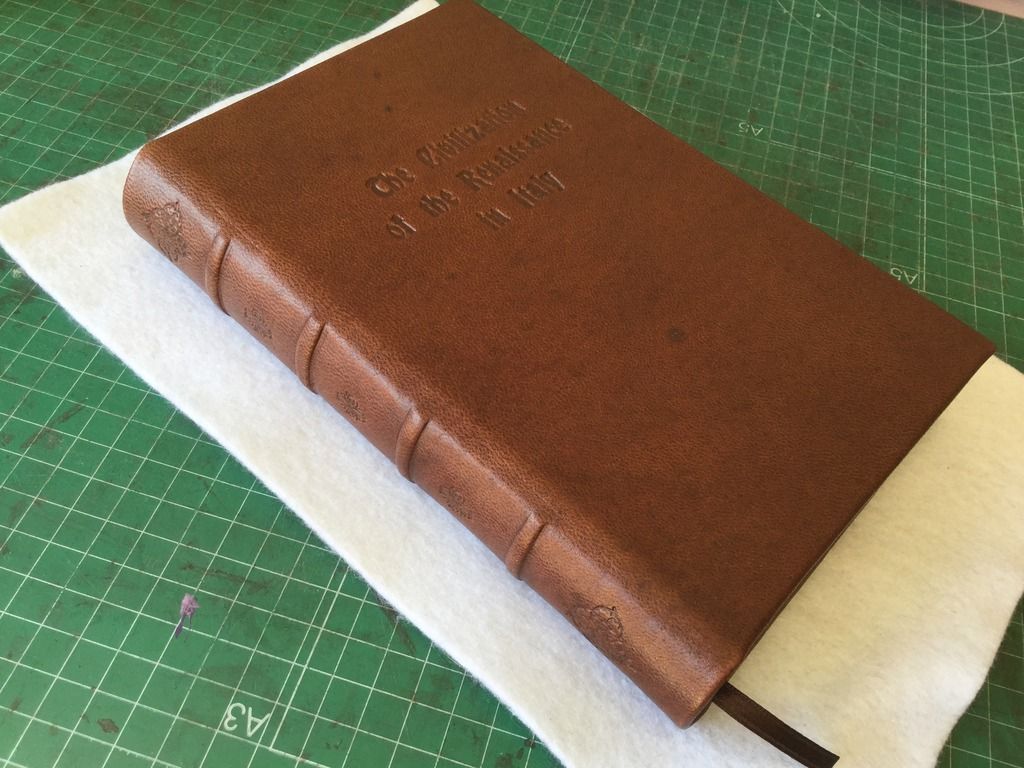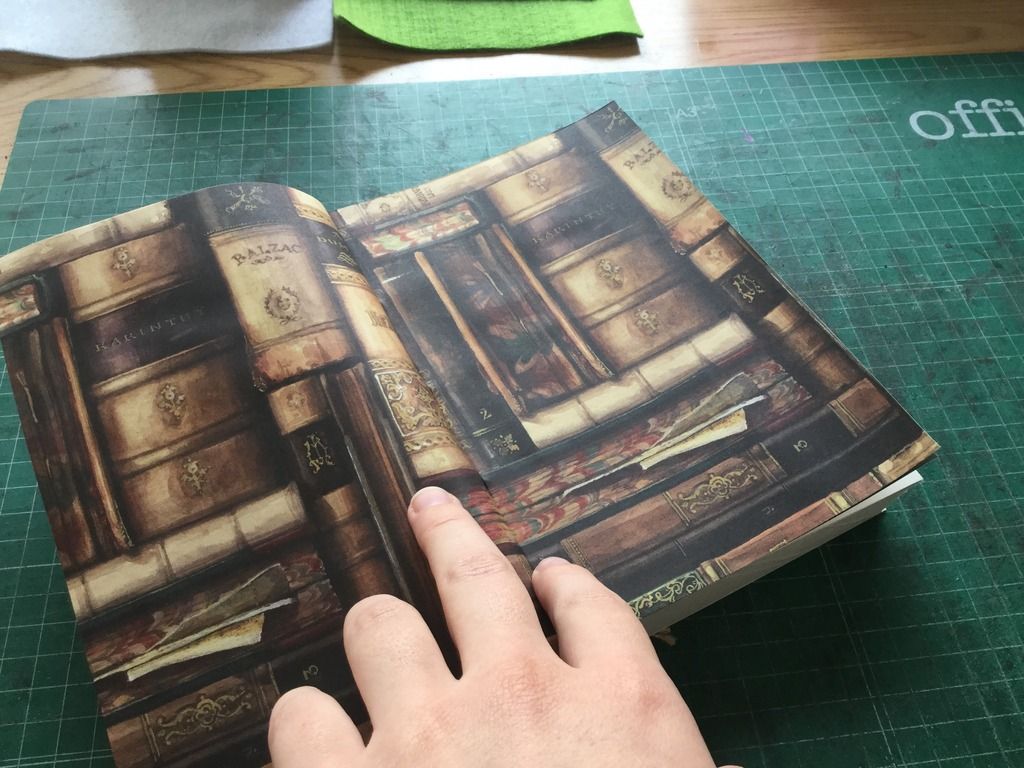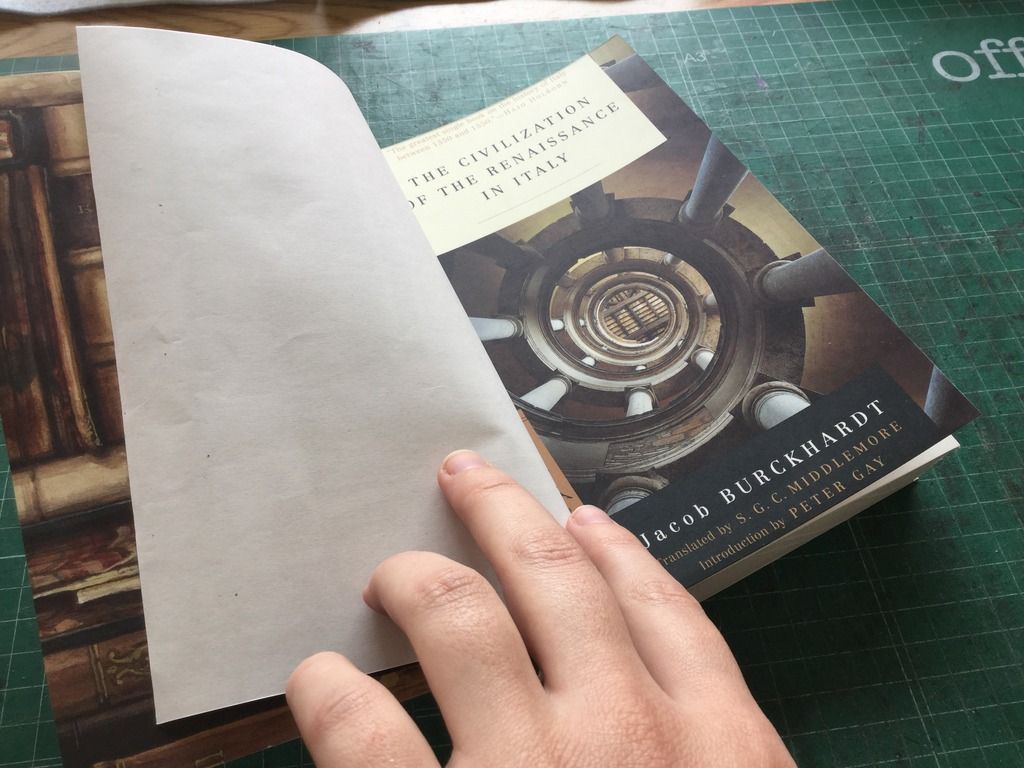It's been a week since I received my real 22k gold, silver and copper sheets. I had an adhesive named Fixor from two years ago, but since in the online shop there was another adhesive very cheap, I decided to give it a try, in case Fixor was expired or to try it for when I ran out of Fixor.
Anyway, for my tests I glued two scraps of leather, black and brown, and blind tooled with no heat a stamp. Also, I made some very thin lines to test a pallet (you only stamp a pallet once, as it is very difficult to very precise when reestamping). I applied one layer of Fixor on the stamps and two on the pallets separated by ten minutes (that is how I was taught to do it). I also applied the other adhesive. While Fixor penetrates on the leather and is barely noticeable, the other one is sticky and messy.
Anyway, after waiting for about one hour on Fixor to make sure it is dry and about 30 minutes on the other one so it starts its effect, I started... and I quickly noticed my mistake: that glue I had bought was useless for my purpose. It sticks all the layer, not just the tooled parts. And then I understood that that glue was used in restoration to gild marks or stuff where the whole sheet of gold needed to stuck. After I realized this, I continued with Fixor and came to this:
I used a cushion and a special knife to cut the metal. Then I moved it as I could to where the stamp was. I had previously put a touch of almond oil on the stamp, so the metal wouldn't fly. I can't stress enough how lightless the sheet is, how even breathing it flies. One must be extremely careful, because if it crumbles, it becomes dust. Also, it sticks to your fingers and it crumbles.
Anyway, once the cut sheet is on the stamp, the tool is heated. To know when the tool is ready, I had a wet sponge. I pressed the tool on the sponge and if it made sound, it was too hot. Once there is no sound, I wait for 5 seconds to cool it on the air and then I gently apply it to the stamp. When I am sure the tool is well positioned I press hard, moving it left and right, north and south and diagonally.
When the tool is out, with some cloth I remove the rest of the gold. Sometimes you can help yourself with an awl on the small places.
And it was returning that awl to its place I put my arm on the pallet, which was still pretty hot. A cry was made and a visit to the doctor was appropiate. The nurse cured me and three days after that is how the burn looked:
Fortunately, it appears it won't leave a scar, so yay!!
Anyway, by the time I got hurt, I was almost done and these are some close ups:
After that test I have gilded some books. I actually intended using copper on the black one, but I forgot and used gold.
I am particularly happy with this one. That mark was made with a wheel.
Anyway, I hope you enjoyed this post and let me know if you have any questions or suggestions. Best!
Anna

































